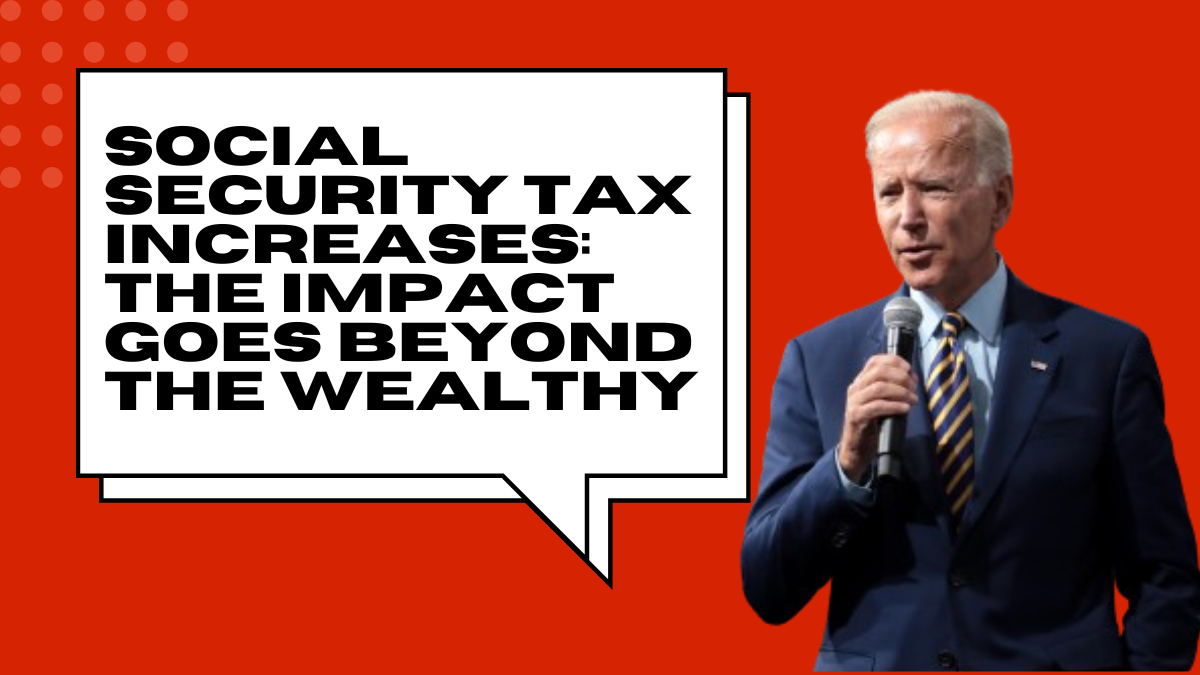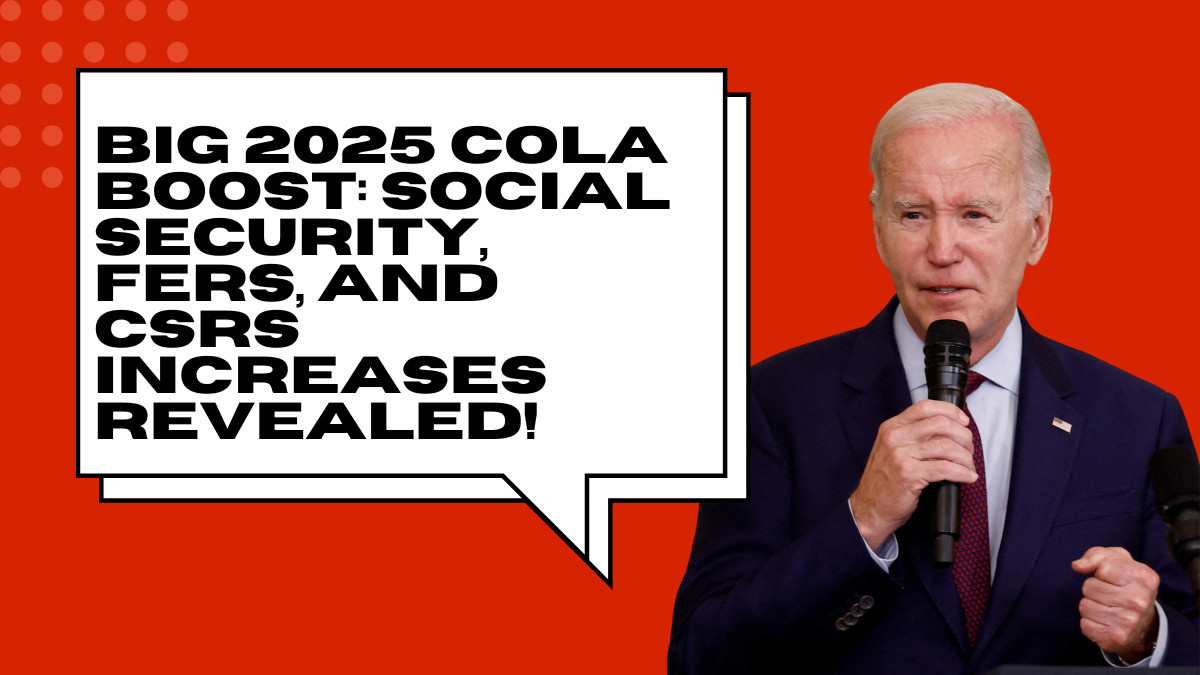Each year, Social Security recipients look forward to their Cost-of-Living Adjustment (COLA), which helps keep pace with inflation. However, the 2025 Social Security COLA could mark the start of some tough times for retirees. With inflation cooling off, experts predict a significantly smaller increase in benefits compared to the high COLAs seen in recent years.
A modest COLA of around 2.5% is forecasted for 2025, a stark contrast to the 8.7% hike in 2023. But the bad news may not end there. Future Social Security payments, the depletion of the Social Security trust fund, and other economic challenges could complicate retirement plans.
2025 COLA: What to Expect
The Social Security Administration (SSA) calculates the annual COLA based on inflation as measured by the Consumer Price Index for Urban Wage Earners and Clerical Workers (CPI-W). Inflation has been trending down throughout 2024, with a reported increase of just 2.4% in August.

As a result, experts project the COLA for 2025 will be around 2.5%, down from the 3.2% increase for 2024. This is disappointing for retirees who are already struggling with rising costs in essentials like food, energy, and healthcare.
Social Security COLA Forecast for 2025
| Year | COLA (%) | Average Monthly Benefit (for Retirees) | Increase per Month ($) |
|---|---|---|---|
| 2023 | 8.7 | $1,827 | $160 |
| 2024 | 3.2 | $1,920 | $59 |
| 2025 (est.) | 2.5 | $1,920 | $48 |
Impact on Retirees
Although any increase in benefits is welcome, the 2.5% COLA will likely not be enough to offset rising living costs.
For retirees, this modest boost of approximately $48 a month for the average benefit check may barely cover growing expenses in housing, medical care, and groceries.
Many seniors will still find it challenging to keep up, particularly those living on fixed incomes where Social Security makes up a large portion of their monthly budget.
The Depleting Social Security Trust Fund

Adding to concerns is the long-term solvency of Social Security itself. According to the latest reports, the Social Security trust fund may run out of reserves by 2033, potentially resulting in a 21% reduction in benefits. This depletion is primarily due to demographic shifts—fewer workers paying into the system and more retirees drawing benefits.
Currently, the trust fund’s health is closely linked to payroll taxes, which help fund Social Security. A lower COLA might contribute to this issue. Higher inflation often leads to wage increases, which in turn raises the amount collected from payroll taxes. But with cooling inflation and a smaller COLA, payroll tax revenue could stagnate or decrease, accelerating the depletion of the trust fund.
Proposed Solutions to Fix Social Security
To prevent a massive shortfall in benefits, there have been various proposals to reform the Social Security system. Two of the most commonly discussed options include:
- Raising Social Security Taxes: This could be done by either increasing the payroll tax rate or raising the income cap on wages subject to Social Security tax (currently $168,600). This would increase revenue flowing into the system and help extend the life of the trust fund.
- Increasing the Retirement Age: Raising the full retirement age (currently 67 for most workers) could help cut costs. However, this is effectively a reduction in benefits, especially for those who cannot afford to delay retirement.
Both of these options come with challenges. Increasing taxes may be unpopular among workers, while delaying retirement could hurt those unable to work longer due to health or other issues.
Additional Economic Pressures for Retirees
The modest COLA increase comes as retirees face multiple financial headwinds. Rising medical costs, especially for prescription drugs and long-term care, are a significant burden on older Americans.
While Medicare premiums don’t directly affect the COLA, they still reduce the net benefits that retirees receive each month. Inflation in other key areas, such as housing and utilities, continues to outpace wage growth, further straining retirees’ finances.
Will the Government Act?

There has been much debate but little action regarding Social Security reform. Congress has yet to pass comprehensive legislation that would prevent the trust fund from depleting and address the long-term financial challenges retirees will face.
Some advocates are pushing for a switch to the Consumer Price Index for the Elderly (CPI-E), which would better reflect seniors’ spending patterns, particularly on healthcare.
The political nature of Social Security makes reform difficult, as it remains one of the most significant programs for both retirees and disabled individuals. Without bipartisan agreement, it’s unclear whether Congress will act before a potential crisis hits in the next decade.
Conclusion
While retirees can expect a modest 2.5% COLA for 2025, the small increase may not be enough to cover rising costs. Moreover, the long-term solvency of Social Security is still in jeopardy, with the trust fund potentially running out of reserves by 2033.
Without reforms, retirees could face significant cuts in their benefits in the future. To protect their financial security, seniors should plan ahead, stay informed, and advocate for changes that will sustain the Social Security system for future generations.
FAQs
1. What is the expected COLA for Social Security in 2025?
The expected Social Security COLA for 2025 is around 2.5%, based on recent inflation trends.
2. How does Social Security calculate the COLA?
The COLA is calculated using the Consumer Price Index for Urban Wage Earners and Clerical Workers (CPI-W), which measures inflation.
3. Will the 2025 COLA increase be enough to cover rising costs?
The modest 2.5% increase will likely not be enough to keep pace with rising costs in essentials like housing, medical care, and groceries.
4. Is Social Security going bankrupt?
Social Security is not going bankrupt, but the trust fund reserves are expected to be depleted by 2033, which could result in a reduction of benefits by about 21% if no reforms are made.
5. What changes are being proposed to fix Social Security?
Proposed changes include raising Social Security taxes and increasing the retirement age. Some advocate for switching the COLA calculation to the CPI-E to better reflect seniors’ spending.
References
- Kiplinger. “2025 Social Security COLA Estimate Drops Again.” Accessed October 2024.
- AARP. “Why a Modest Social Security COLA Increase Is Expected in 2025.” Accessed October 2024.












